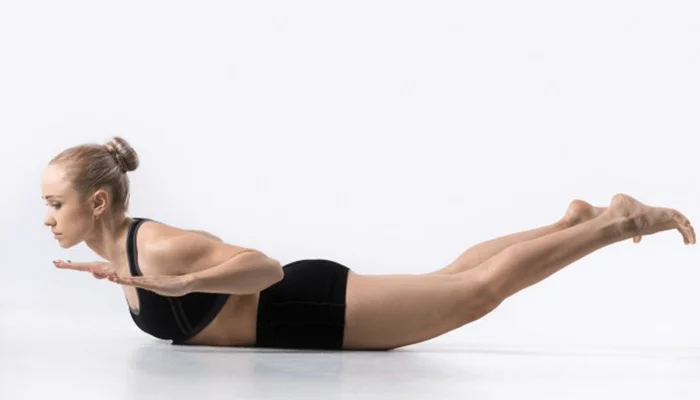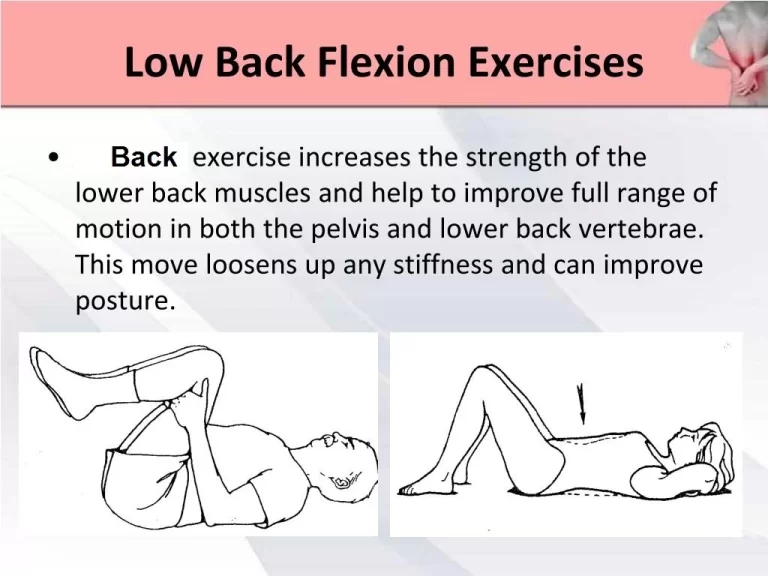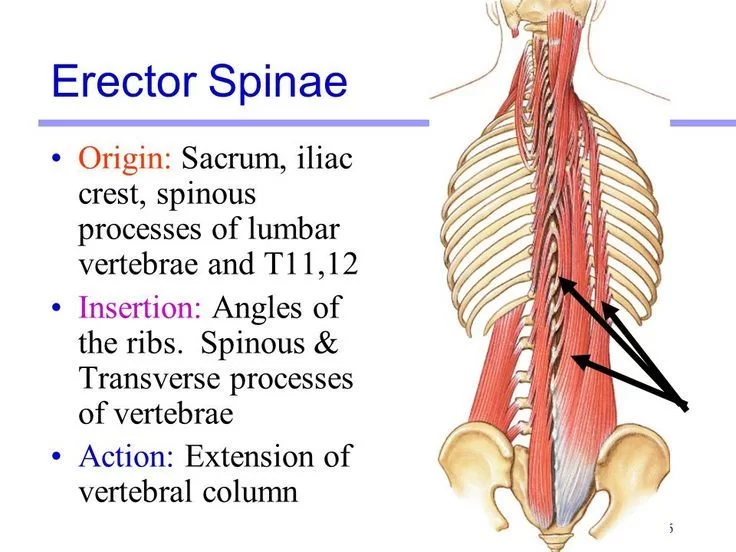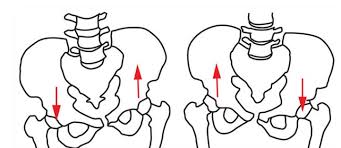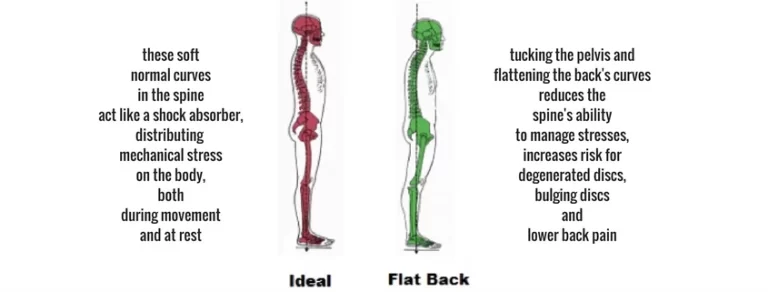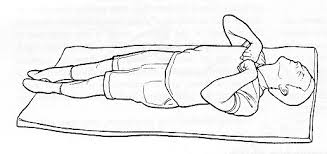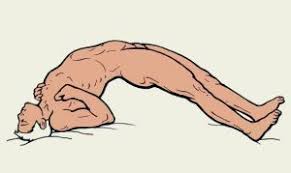Low Back Core Muscles Strengthening Exercise :
The Lumbar/Core Strength and Stability exercise are also useful as a preventative rehabilitation program if you are recovering from a Low Back Pain. The “core muscles” is include several groups of muscles mainly the transversus abdominus, multifidus, diaphragm and pelvic floor muscles. These muscles work together to give your spine maximum stability in theabdominal and…



